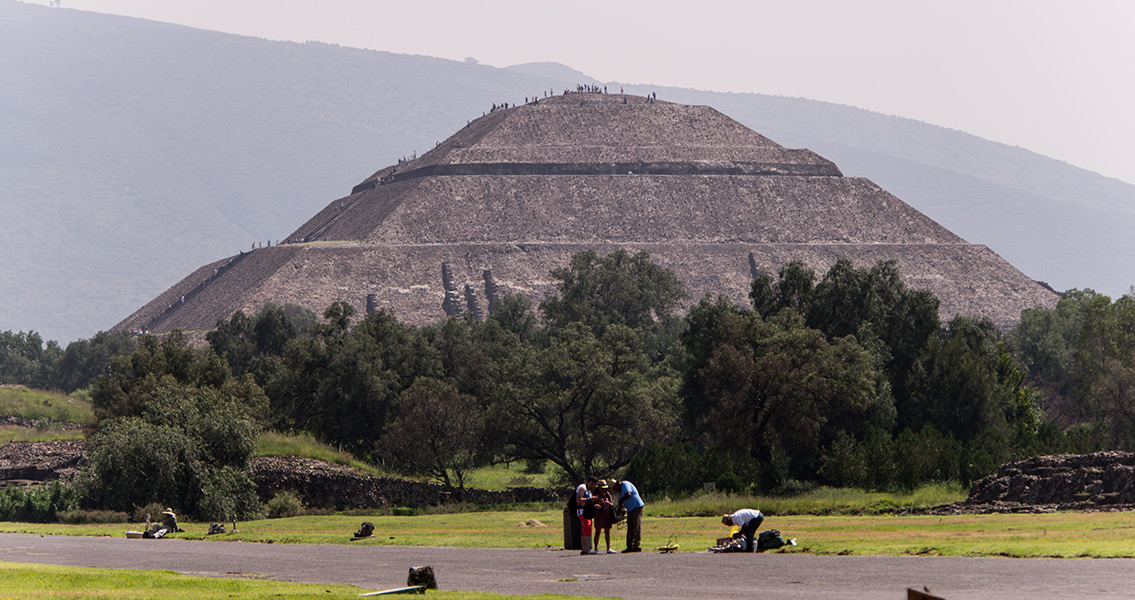<![CDATA[Archaeologists working 30 miles northeast of Mexico City, near the ancient ruins of Teotihuacan - one of the most significant Mesoamerican pyramids in the pre-Columbian Americas - have discovered the deliberately deformed skeleton of a woman who lived 1,600 years ago. The alterations include an intentionally elongated skull, teeth encrusted with stones, and a “false tooth” made from the green stone serpentine. The woman, who was between 35 and 40 years old at the time of her death, is believed to have been a foreigner to the area as the practice of deforming a cranium in this manner and attaching stones to the deceased's teeth was a custom commonly practiced primarily in the southern region of Mesoamerica, not the central area where she was found. Additionally, these practices, along with the offering of 19 jars found with her, indicate that she belonged to the elite or upper-class. Other intentionally deformed skeletons have been discovered in Teotihuacan, but this is among the most severely altered. She has been dubbed by archaeologists as "The Woman of Tlailotlacan" for the area she was found in. Cranial and dental deformation, which have been practiced around the world, go back to the Neolithic period, around 10,000 years ago. While some groups believed people with elongated heads had greater intelligence, other reasons include enhanced beauty, greater social standing, or a fierce appearance in war. The process involves distorting the regular growth of a child's cranium by applying force – achieved by binding wooden boards against their skull for example. The reason behind the Woman of Tlailotlacan’s deformed skull remains unknown. At its peak, probably in the first part of the 1st millennium CE, Teotihuacan, with a population of at least 125,500, was the biggest city in the New World, which would have made it the sixth largest city in the entire world at the time. The Pyramid of the Sun, one of Mexico’s most popular tourist attractions, is not only the largest structure in Teotihuacan, it’s one of the biggest in all of Mesoamerica. Located in the heart of the city, along the Avenue of the Dead, the Aztecs gave the pyramid its name when they arrived centuries after its abandonment, the name the Teotihuacan’s originally gave the pyramid is unknown. Aside from the pyramids, Teotihuacan is anthropologically significant for its intricate, multi-family residences, the Avenue of the Dead, and what remains of its vibrant murals. Teotihuacan also exported high quality obsidian tools across Mesoamerica. Teotihuacan vanished around the ninth century, after it was invaded and burned, scholars used to believe. New evidence however, indicates it was the victim of an internal uprising due to a lack of resources. Researchers have uncovered evidence of a population decline that began during the sixth century, correlating to extensive droughts resulting from climate changes. The idea of an ecological decline is supported by a rise in the percentage of juvenile deaths whose skeletons show evidence of malnutrition. Image courtesy of Ralf Roletschek]]>
Archaeologists Discover the Deformed Skeleton of Mesoamerican Woman
